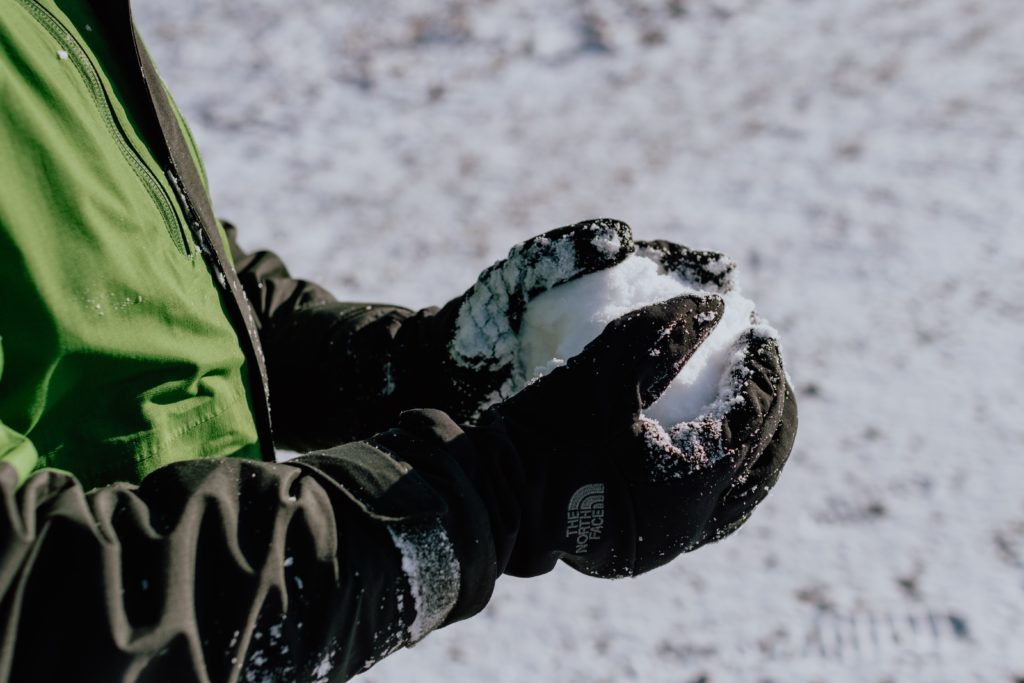As winter blankets the world in a chilly embrace, the quest for warmth becomes a top priority. In recent years, heated clothing has emerged as a novel solution to combat the biting cold. From heated jackets and gloves to socks and vests, these innovative garments promise to keep you toasty even in the harshest winter conditions. However, like any technology, heated clothing comes with its own set of benefits and drawbacks.
Benefits of Heated Clothing
- Instant Warmth: One of the most significant advantages of heated clothing is its ability to provide instant warmth. Unlike traditional winter gear that relies on insulation alone, heated clothing uses electric elements to generate heat quickly, ensuring you stay warm from the moment you power it on.Example: The Ravean heated jacket is a popular choice, featuring carbon fiber heating elements that warm up in seconds, allowing you to brave the cold without the long wait.
- Customizable Heat Levels: Heated clothing often comes with adjustable heat settings, allowing users to tailor the level of warmth to their preferences. This versatility is especially beneficial for individuals who experience varying levels of cold throughout the day.Example: The Mobile Warming Dual Power Heated Vest offers multiple heat settings, enabling wearers to customize their comfort level with the push of a button.
- Enhanced Mobility: Unlike bulky layers of insulation, heated clothing tends to be lightweight and less restrictive. This improved mobility makes it an attractive option for outdoor enthusiasts engaging in activities such as hiking, skiing, or camping during winter.Example: Venture Heat’s heated gloves are designed with rechargeable batteries, offering warmth without compromising dexterity, perfect for winter sports enthusiasts.
Cons of Heated Clothing
- Dependency on Power Sources: One of the main drawbacks of heated clothing is its reliance on power sources. Most heated garments are powered by rechargeable batteries, and if these batteries run out, you lose the heating function. This dependency can be a significant inconvenience, especially on extended outdoor excursions.Example: The Bosch heated jacket, while efficient, requires a power source, and if the battery dies, the heating capability is lost until it’s recharged.
- Cost: Heated clothing tends to be more expensive than traditional winter wear due to the added technology. The initial investment can be a deterrent for budget-conscious consumers, especially when considering the ongoing costs of replacing or upgrading batteries.Example: The ORORO heated hoodie, although highly regarded for its warmth, comes with a higher price tag compared to non-heated alternatives.
- Maintenance and Durability: The electronic components in heated clothing may be susceptible to wear and tear over time. Washing and maintaining these garments can be more complex than traditional winter gear, potentially reducing their overall lifespan.Example: The Volt Heated Slippers, while cozy, may require extra care to ensure the longevity of the heating elements, adding an extra layer of maintenance.
Conclusion
Heated clothing undoubtedly offers a compelling solution for staying warm during winter, providing instant heat, customizable comfort, and enhanced mobility. However, the dependence on power sources, higher costs, and potential maintenance issues are factors that prospective buyers must weigh against the benefits. As technology advances, it will be interesting to see how these drawbacks are addressed, potentially making heated clothing an even more viable option for winter enthusiasts seeking the perfect balance between warmth and convenience.

